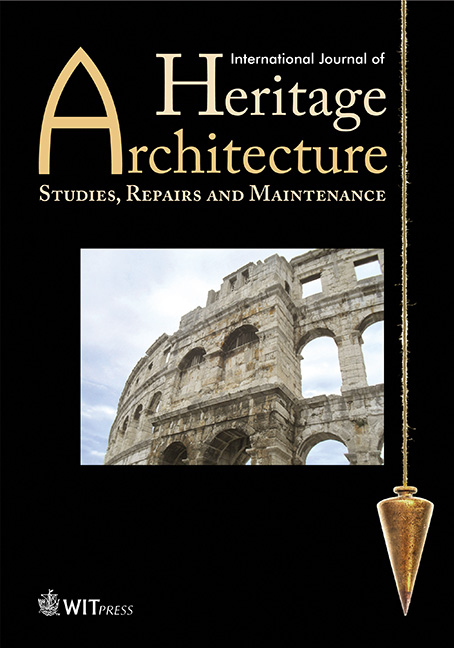The morphology and typology of the Ottoman mosques of northern Greece
Price
Free (open access)
Volume
Volume 1 (2017), Issue 1
Pages
10
Page Range
78 - 88
Paper DOI
10.2495/HA-V1-N1-78-88
Copyright
WIT Press
Author(s)
M. LOUKMA & M. STEFANIDOU
Abstract
The present study is an effort to categorize the Ottoman mosques in Greece at the region of Macedonia that have survived up until today. Categorization is the first step to study and understand each monument, in order to record its preservation state as well as to document the morphology and the typology of the existing mosques. The result of this study is to determine the appropriate way of intervention for the conservation and preservation of mosques. This study includes a total of 19 mosques. These monuments vary in the degree of preservation. Most of them have not acquired a new purpose, while some have been restored and used as cultural spaces in the course of time. The majority of mosques are severely damaged and have multiple interventions and serious alterations, mainly due to lack of preservation. Some of them have received extensive interventions and have been transformed into Christian churches. According to typology, the mosques are separated into two main categories: domed ‘single-unit’ mosques and ‘multifunction’ mosques.
Concerning the categorization data of the mosques of Macedonia many issues emerge, such as the lack of classification and the difficulty in dating them. As a result, today it is extremely difficult to separate the construction phases of the buildings and to determine their original form.
Keywords
conservation, domed mosques, morphology, Ottoman mosques, preservation, typology




